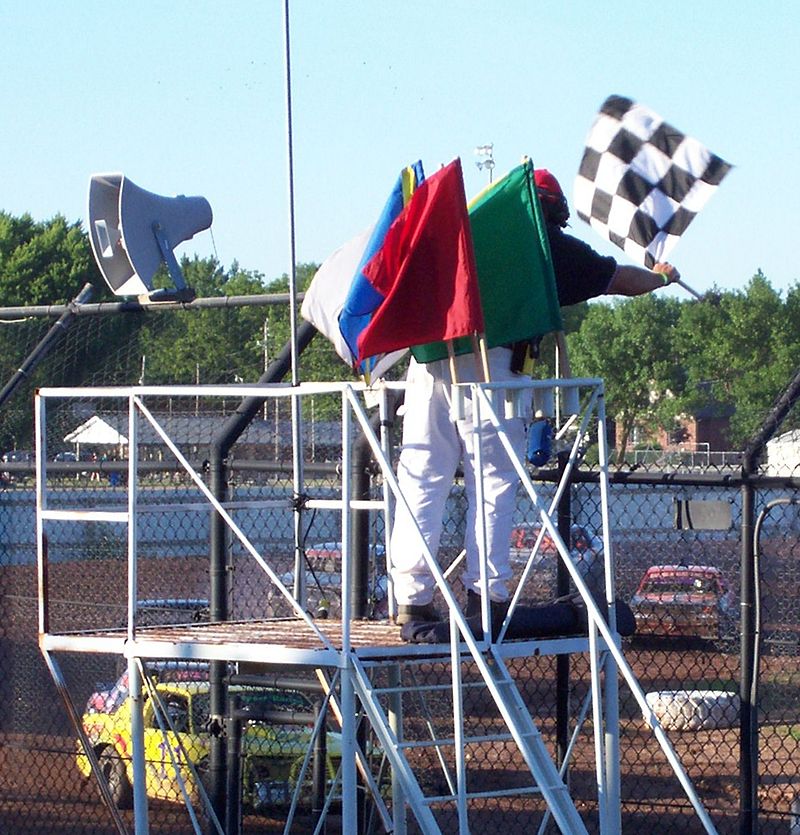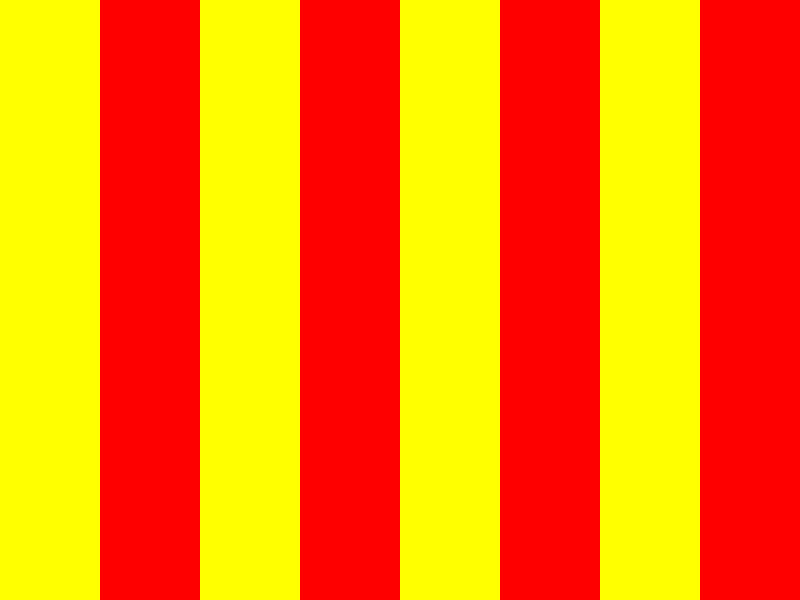Car racing captivates the heart of the young and adults alike for all the good reasons. It is one of those highly prestigious and elite sports that has always been a source of fascination and awe by those who come to car festivals just to see them.
Motorsports such as Formula 1 (F1) racing employ the use of communication signals in the form of a flag system to ensure the safety and smooth flow of a session. The system includes a number of flags that come in different colors. Each flag color, including how it is waved, has a meaning and function. Let’s go over them one by one.
YELLOW FLAG
The yellow flag signifies danger, which may be caused by collision or electrical and mechanical failure. There are three ways a yellow flag is shown.
- Single stationary yellow flag – no-overtaking due to the danger near the track
- Single waved yellow flag – no-overtaking due to the danger on the track
- Double waved yellow flag – no-overtaking due to a blocked track
All yellow flags suggest slowing down until the danger is dealt with.
YELLOW AND RED STRIPED FLAG
The yellow and red striped flag indicates that the track is slippery due to oil, water, or other debris. When ‘rocked’ from side-to-side, this flag suggests that there’s a small animal on track.
GREEN FLAG
A green flag is shown at the start of the race. This flag also means normal racing conditions apply, and it usually comes after a yellow flag to suggest that the racing hazard has passed or is no longer present.
RED FLAG
A red flag means to stop or halt the race due to imminent hazards such as bad weather, poor track condition, or an accident on the track, which can endanger both racers and spectators.
BLUE FLAG
A blue flag indicates that the driver who is about to be lapped by a faster car behind him should let the faster car pass. Ignoring three (3) consecutive blue flags gives a penalty to the driver. This flag is also shown at the exit of the pit lane as a warning signal to the faster car driver.
WHITE FLAG
This flag indicates slow-moving vehicles ahead and is usually waved on the last corner during free practice when drivers do practice starts. This is also shown when non-competing vehicles like an ambulance are on track. This avoids collision incidents due to cars moving faster, unaware of what’s ahead of the track.
BLACK FLAG
The nightmare of racers, a black flag accompanied by the car number only suggests one thing – disqualification. The driver in question must withdraw and return to the pit immediately.
BLACK WITH AN ORANGE CIRCLE FLAG
Accompanied by the target car’s number, this flag indicates that the car is damaged and must return to the pits immediately.
HALF BLACK-HALF WHITE FLAG
This flag serves to warn a driver of unsportsmanlike behavior. If the driver continues despite the warning anyway, it is then followed by a black flag, which disqualifies said driver.
CHECKERED/CHEQUERED FLAG
The checkered flag is waved to signify the end of the session or race. This means that drivers are no longer allowed to start laps. This flag is also waved to mark the end of the allotted time during practice and qualifying sessions.
These flags play an important role in the overall course and outcome of an F1 race. These flags serve as a communication tool between the marshals and drivers to inform the latter of the current situation on track as well as of the penalty if there’s any. Physical flags are still used up to this day, but technology allowed us to improve. Some F1 racing events now use a GPS marshalling system in which a special display on the steering wheel would show the flag color depending on the track condition. This is a huge improvement in the racing industry since, due to high speed, drivers sometimes fail to see or notice the marshal’s signal.
Auto racing earned its reputation as an extreme sport with all the speed and excitement of the race. F1 racing as an extreme sport, however exhilarating, also entails danger and threats. At the end of the day, it is up to the drivers to observe the communication system and to be vigilant even when moving at high speeds. Winning the race is good but making it without a scratch is way better.











